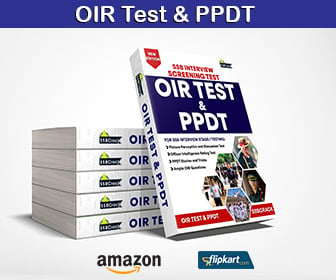Please refer to NDA syllabus of 2013
1. Mathematics
| Paper | Subject | Code No | Maximum Marks |
|---|---|---|---|
| I | Mathematics | 01 | 300 |
- Algebra :Concept of a set, operations on sets, Venn diagrams. De Morgan laws. Cartesian product, relation, equivalence relation.Representation of real numbers on a line. Complex numbers – basic properties, modulus, argument, cube roots of unity. Binary system of numbers. Conversion of a number in decimal system to binary system and vice-versa.Arithmetic, Geometric and Harmonic progressions. Quadratic equations with real coefficients. Solution of linear inequations of two variables by graphs. Permutation and Combination. Binomial theorem and its application. Logarithms and their applications.
- Matrices and Determinants :Types of matrices, operations on matrices Determinant of a matrix, basic properties of determinant. Adjoint and inverse of a square matrix, Applications – Solution of a system of linear equations in two or three unknowns by Cramer’s rule and by Matrix Method.
- Trigonometry: Angles and their measures in degrees and in radians. Trigonometrical ratios. Trigonometric identities Sum and difference formulae. Multiple and Sub-multiple angles. Inverse trigonometric functions. Applications – Height and distance, properties of triangles.
- Analytical Geometry of two and three dimensions : Rectangular Cartesian Coordinate system. Distance formula. Equation of a line in various forms. Angle between two lines. Distance of a point from a line. Equation of a circle in standard and in general form. Standard forms of parabola, ellipse and hyperbola. Eccentricity and axis of a conic.Point in a three dimensional space, distance between two points. Direction Cosines and direction ratios. Equation of a plane and a line in various forms. Angle between two lines and angle between two planes. Equation of a sphere.
- Differential Calculus : Concept of a real valued function – domain, range and graph of a function. Composite functions, one to one, onto and inverse functions. Notion of limit, Standard limits – examples. Continuity of functions – examples, algebraic operations on continuous functions. Derivative of a function at a point, geometrical and physical interpreatation of a derivative – applications. Derivatives of sum, product and quotient of functions, derivative of a function with respect of another function, derivative of a composite function. Second order derivatives. Increasing and decreasing functions. Application of derivatives in problems of maxima and minima.
- Integral Calculus and Differential equations :Integration as inverse of differentiation, integration by substitution and by parts, standard integrals involving algebraic expressions, trigonometric, exponential and hyperbolic functions. Evaluation of definite integrals – determination of areas of plane regions bounded by curves – applications. Definition of order and degree of a differential equation, formation of a differential equation by examples. General and particular solution of a differential equation, solution of first order and first degree differential equations of various types – examples. Application in problems of growth and decay.
- Vector Algebra :Vectors in two and three dimensions, magnitude and direction of a vector. Unit and null vectors, addition of vectors, scalar multiplication of vector, scalar product or dot product of two-vectors. Vector product and cross product of two vectors. Applications-work done by a force and moment of a force, and in geometrical problems.
- Statistics and Probability : Classification of data, Frequency distribution, cumulative frequency distribution – examples Graphical representation – Histogram, Pie Chart, Frequency Polygon – examples. Measures of Central tendency – mean, median and mode. Variance and standard deviation – determination and comparison. Correlation and regression.
- Probability : Random experiment, outcomes and associated sample space, events, mutually exclusive and exhaustive events, impossible and certain events. Union and Intersection of events. Complementary, elementary and composite events. Definition of probability – classical and statistical – examples. Elementary theorems on probability – simple problems. Conditional probability, Bayes’ theorem – simple problems. Random variable as function on a sample space. Binomial distribution, examples of random experiments giving rise to Binominal distribution.
| Paper | Subject | Code No | Maximum Marks |
|---|---|---|---|
| II | General Ability Test | 02 | 600 |
| Part ‘A’ | English | 200 | |
| Part ‘B’ | Genral Knowledge | 400 |
- Physical Properties and States of Matter, Mass, Weight, Volume, Density and Specific Gravity, Principle of Archimedes, Pressure Barometer.
- Motion of objects, Velocity and Acceleration, Newton’s Laws of Motion, force and Momentum, Parallelogram of forces, Stability and Equilibrium of bodies, Gravitation, elementary ideas of work, Power and Energy.
- Effects of Heat, Measurement of temperature and heat, change of State and Latent Heat, Modes of transference of Heat.
- Sound waves and their properties, Simple musical instruments.
- Rectilinear propagation of Light, Reflection and refraction. Spherical mirrors and Lenses. Human Eye.
- Natural and Artificial Magnets, Properties of a Magnet, Earth as a Magnet.
- Static and Current Electricity, conductors and Non-conductors, Ohm’s Law, Simple Electrical Circuits, Heating, Lighting and Magnetic effects of Current, Measurement of Electrical Power, Primary and Secondary Cells, Use of X-Rays.


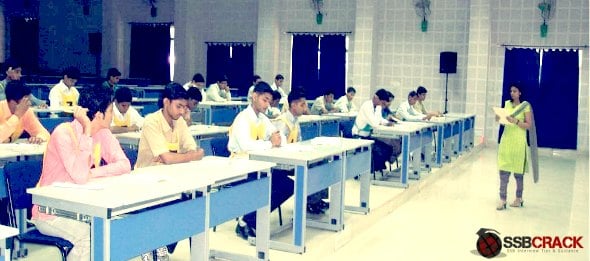

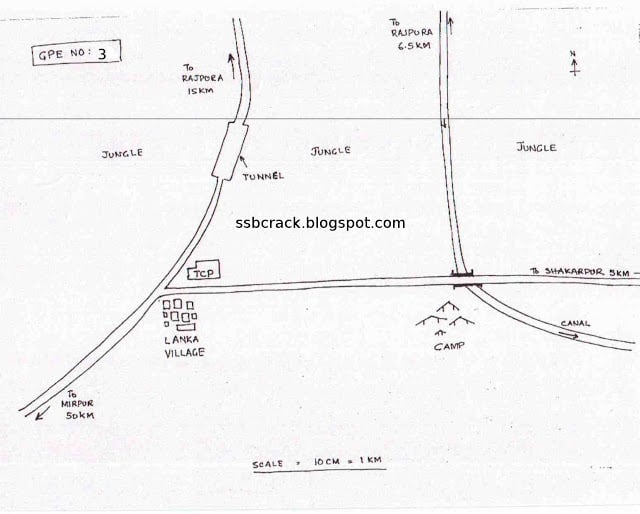
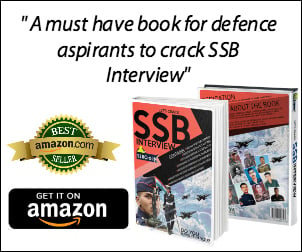
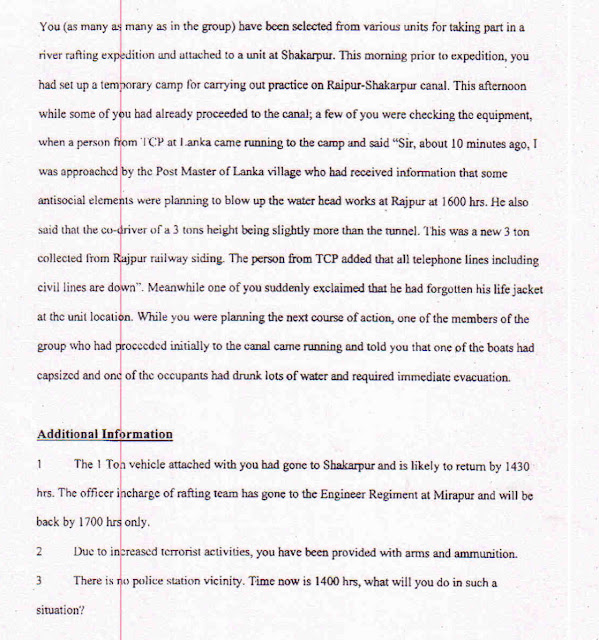
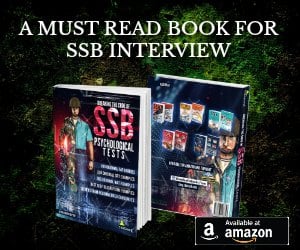
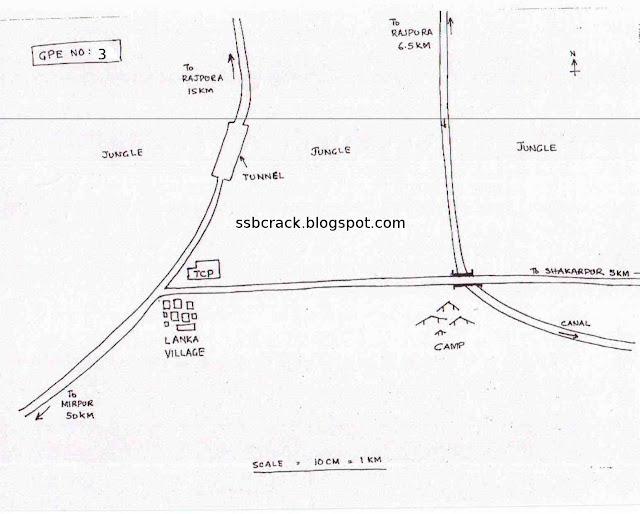

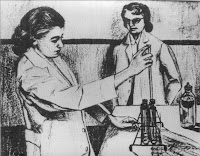
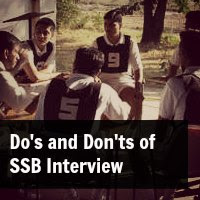
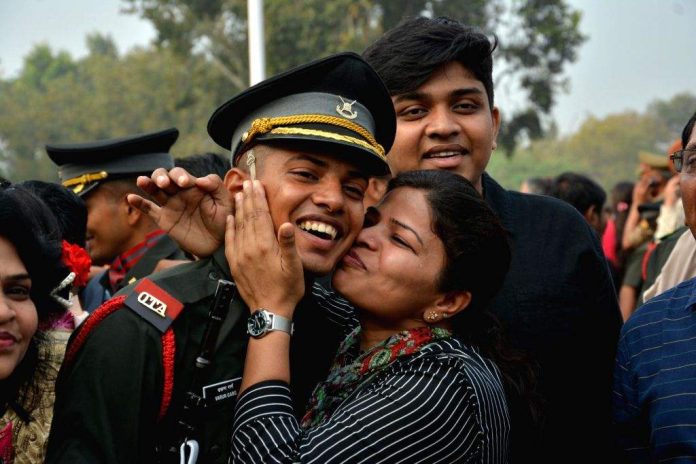
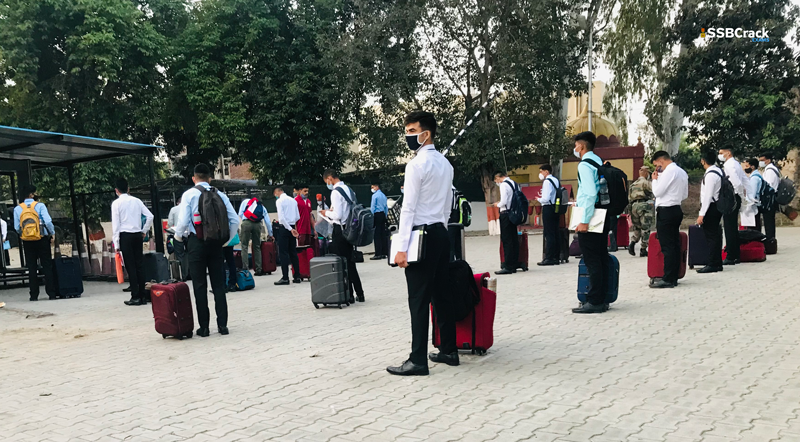
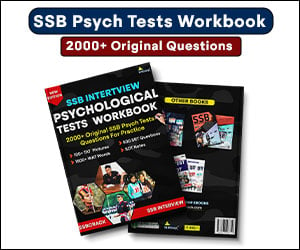

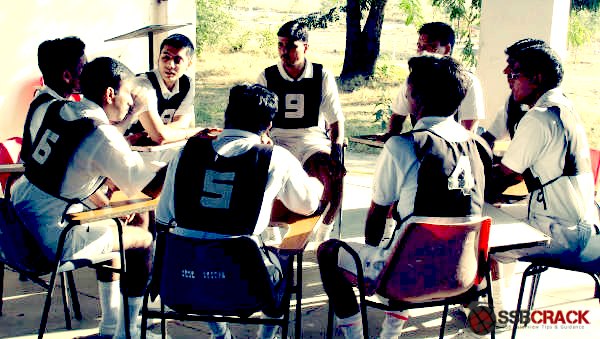
.png) About SSBCrack Editorial Team
About SSBCrack Editorial Team